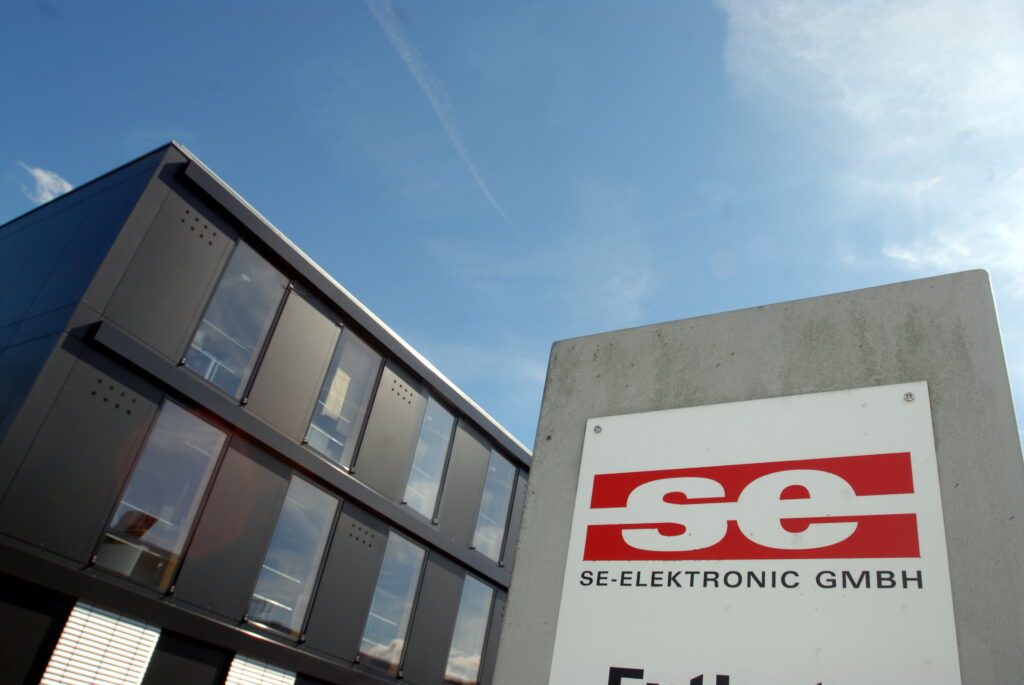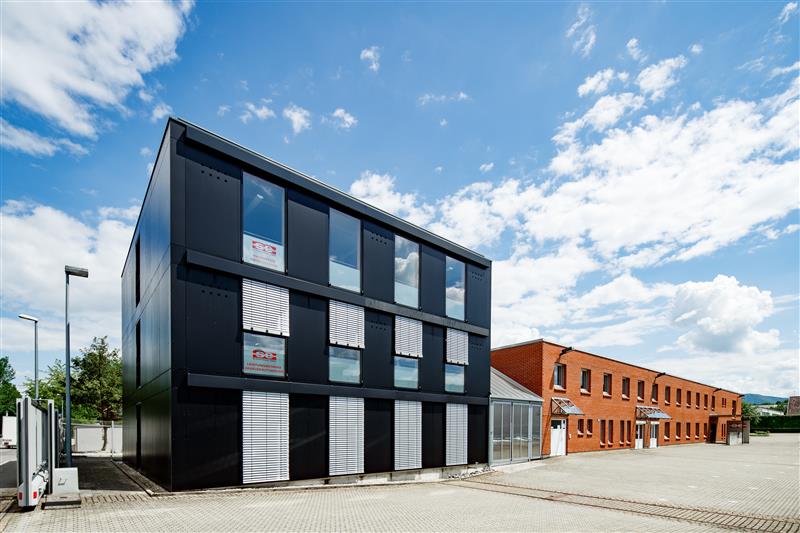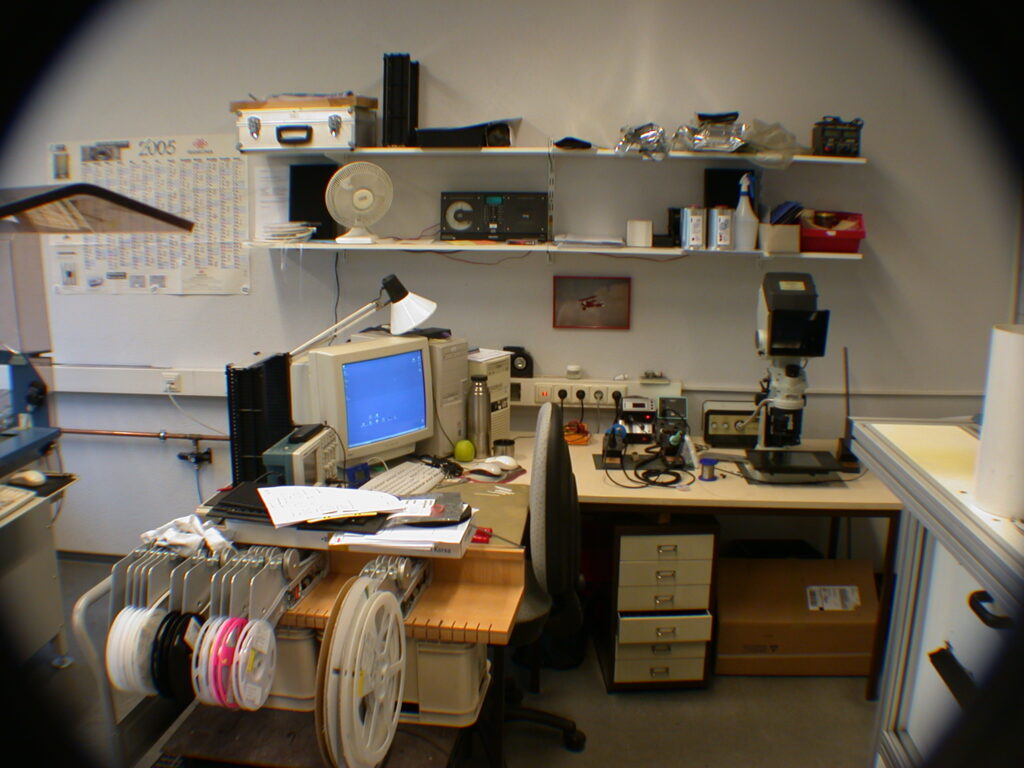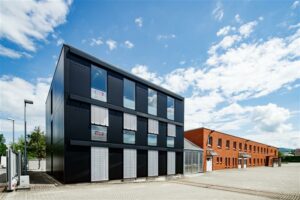Founded in 1983, SE-Elektronic GmbH has evolved from a small control systems manufacturer into a leading innovator in building automation and energy management. From the early P-KRC controllers of the 1980s to today’s advanced BACnet/IP and Webserver-based DDC systems, the company has consistently pioneered high-performance, German-engineered solutions.
Over the decades, SE-Elektronic has introduced numerous industry-firsts — including intelligent graphical operator interfaces, customized control panels, and energy-efficient remote access solutions. Each development has been tailored to meet the growing demand for scalable, user-friendly building management technologies.


1983–1992: Launch of early DDC controllers and HMI displays
1998–2005: Expansion into modular systems and customizable automation platforms
2009–Today: Introduction of BACnet/IP communication, HTML web visualization
2013: Seamless integration with EnOcean, a standard for wireless information transmission
Today, SE-Elektronic remains at the forefront of building automation — offering a full suite of sensors, actuators, software, and custom-engineered solutions for projects across commercial, industrial, and public sectors.


